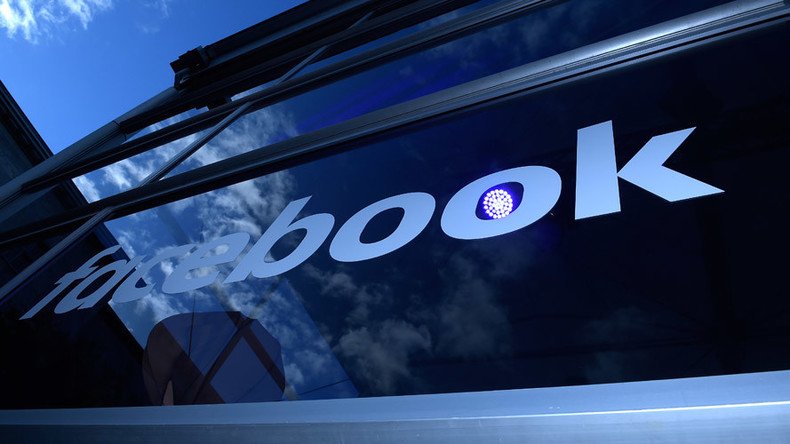Human editors run ‘Trending’ section, Facebook documents show

The contents of Facebook’s “Trending” section are curated by human editors, not computer algorithms, leaked internal documents have revealed. This lends credence to accusations that surfaced this week that Facebook has suppressed conservative sources.
Documents provided to the Guardian on Thursday showed that Facebook “relies heavily on the intervention of a small editorial team” to determine which headlines make it to the Trending module.
“In the Story content is researched and curated by Facebook’s editorial team with the goal of providing a balanced variety of high quality content on the subject from applicable sources,” the company’s curation guidelines say. “A second team, the Search Ranking Analysts (SRAs), works in tandem with the editorial team to research and surface potential content” for the module.
A former Facebook contractor who worked as a news curator told Gizmodo this week that his colleagues would remove right-wing topics such as Mitt Romney, Rand Paul and the Conservative Political Action Conference from the site’s Trending news list, even though they were popular enough to qualify.
“I believe it had a chilling effect on conservative news,” he added.
The guidelines “show human intervention – and therefore editorial decisions – at almost every stage” of Facebook’s news operation, The Guardian revealed. A team of news editors working in shifts was instructed on how to “inject” stories into the module, but also “blacklist” topics for removal, over reasons left to the editors’ discretion.
To determine the importance of a story on the Trending list, Facebook’s guidelines for US editors recommended looking at only ten news sources.
“We measure this by checking if it is leading at least 5 of the following 10 news websites: BBC News, CNN, Fox News, the Guardian, NBC News, The New York Times, USA Today, The Wall Street Journal, Washington Post, Yahoo News or Yahoo,” says the document quoted by The Guardian.
Facebook provided the paper a second list of 1,000 trusted sources, which does include conservative outlets like Breitbart, the Drudge Report, the Daily Caller and Red State.
“In our guidelines, we rely on more than a thousand sources of news – from around the world, and of all sizes and viewpoints – to help verify and characterize world events and what people are talking about,” said Justin Osofsky, Facebook’s VP of Global Operations.
That is not what his colleague, VP of Search Tom Stocky, said in a statement on Monday, however.
“We do not insert stories artificially into trending topics, and do not instruct our reviewers to do so,” Stocky wrote in reaction to initial reports about the controversy.
Three former editors – whose identities were not revealed – told The Guardian they had inserted stories into the Trending section “in order make the experience more topical.” All denied any personal bias in the matter.
The company backed away from a purely computerized approach to Trending news in 2014, after it was criticized for not giving enough attention to the racially-charged protests in Ferguson, Missouri.
#Facebook bias ‘shocking,’ bias expected from Fox, HuffPo – @LionelMedia [VIDEO] https://t.co/p95EejHtTe@anyaparampil
— RT America (@RT_America) May 12, 2016













